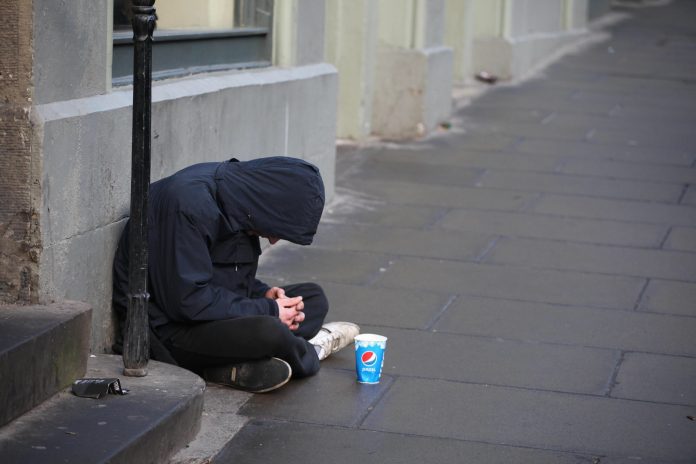Greater Manchester is facing unprecedented demand on services designed to prevent and relieve homelessness, which threatens the enormous progress made over the last six years.
The number of people sleeping rough on a single night in 2022 was 62 percent lower than the peak in 2017 and Greater Manchester consistently achieves better results than the national average on rough sleeping.
However, 2022 also saw the official rough sleeper count for Greater Manchester rise for the first time in five years by 13 percent to 102 cases and in August 2023 the numbers rose further at 145 cases. It is expected that the official count which takes place next month will see numbers increase even more.
These increases have happened despite multi-million pound investment in the city-region’s homelessness responses, the hard work of the councils and the strategic direction and investment of the Department of Levelling Up, Housing and Communities (DLUHC), from A Bed Every Night to Housing First.
The worrying increase is a result of a range of factors, including unique immediate problems, and longer-term challenges placing pressure on the homelessness system which is now coming to a head. These include three key areas where there are a record number of people requiring support from their council.
There are over 5,000 households in temporary accommodation,over 2,600 owed a prevention duty, over 3,600 owed a relief duty and
over 1,187 owed a main duty.
The number of homelessness duties owed as a result of a Section 21 ‘no fault’ eviction has increased by 41 percent over the last twelve months of available data. The volume is at its highest in Greater Manchester since records began, with 436 homelessness prevention cases generated across the city-region as a result of such evictions – up from 309 in the same quarter the year before, and 163 in the year before that.
Moreover, a gap has opened between Greater Manchester and national comparators. There are now 15.2 Section 21 cases per 100,000 population in Greater Manchester versus only 11.4 cases per 100,000 as an average across England.
The clearance of the asylum backlog placing undue strain on support services. The Home Office are ramping up the number of asylum decisions it makes over the winter period while reducing the effective notice periods people are given to leave their accommodation, leaving little time to prevent homelessness.
In Greater Manchester, this is likely to result in a doubling or trebling of the number of people at risk of homelessness due to being evicted from the asylum system locally.
This pressure can result in increased homelessness risk and there has been a significant increase in the number of non-UK nationals accessing A Bed Every Night.
Paul Dennett, Greater Manchester Combined Authority Portfolio Lead for Homelessness, said:
“I’ve been immensely proud of our record here in Greater Manchester, seeing year on year reductions in rough sleeping since 2017. Our councils, housing providers, health, probation services, Greater Manchester Police and our voluntary and faith sectors have all come together to work collaboratively with our two missions of reducing rough sleeping by getting people the support they urgently need and a roof over their head, and to prevent people from becoming homeless in the first place.
“I’m therefore saddened to see that despite all our best efforts, the numbers are now going up because of decisions made by central government but it is left to cash-strapped local government to pick up the pieces.
“I wrote to the Home Secretary in June outlining Greater Manchester’s concerns about the cumulative impact government policy decisions over many years have had on homelessness and rough sleeping from asylum policy to the freezing of Local Housing Allowance rates. I will be writing again to the government to make clear our concerns with current Home Office policies and the devastating impact it is having on increasing homelessness in our towns and cities.”







